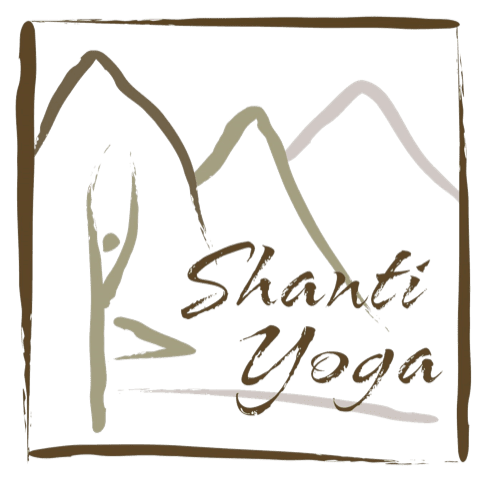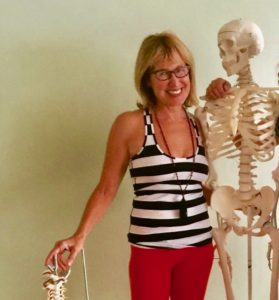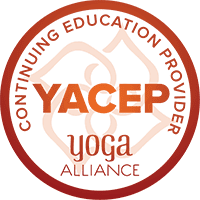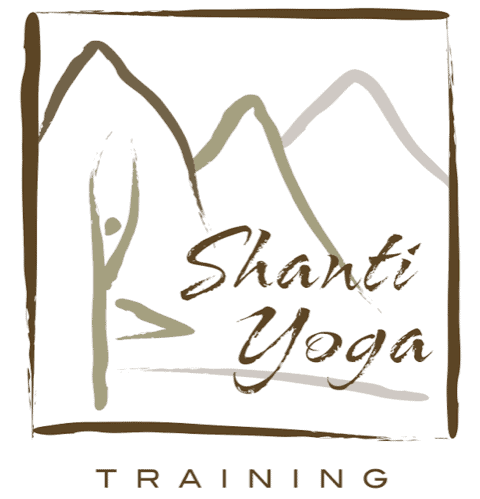It is incumbent upon yoga teachers to have a solid understanding of anatomy. It helps us design sequences that are safe, efficient and effective, sharpens our observation and cueing skills so we can take our students beyond just the “outer shape” of asana and towards deeper and
transformational levels. When we understand the “whys” of cues, we can give our students the tools they need to become aware and empowered to find the “a-ha” moment themselves.





